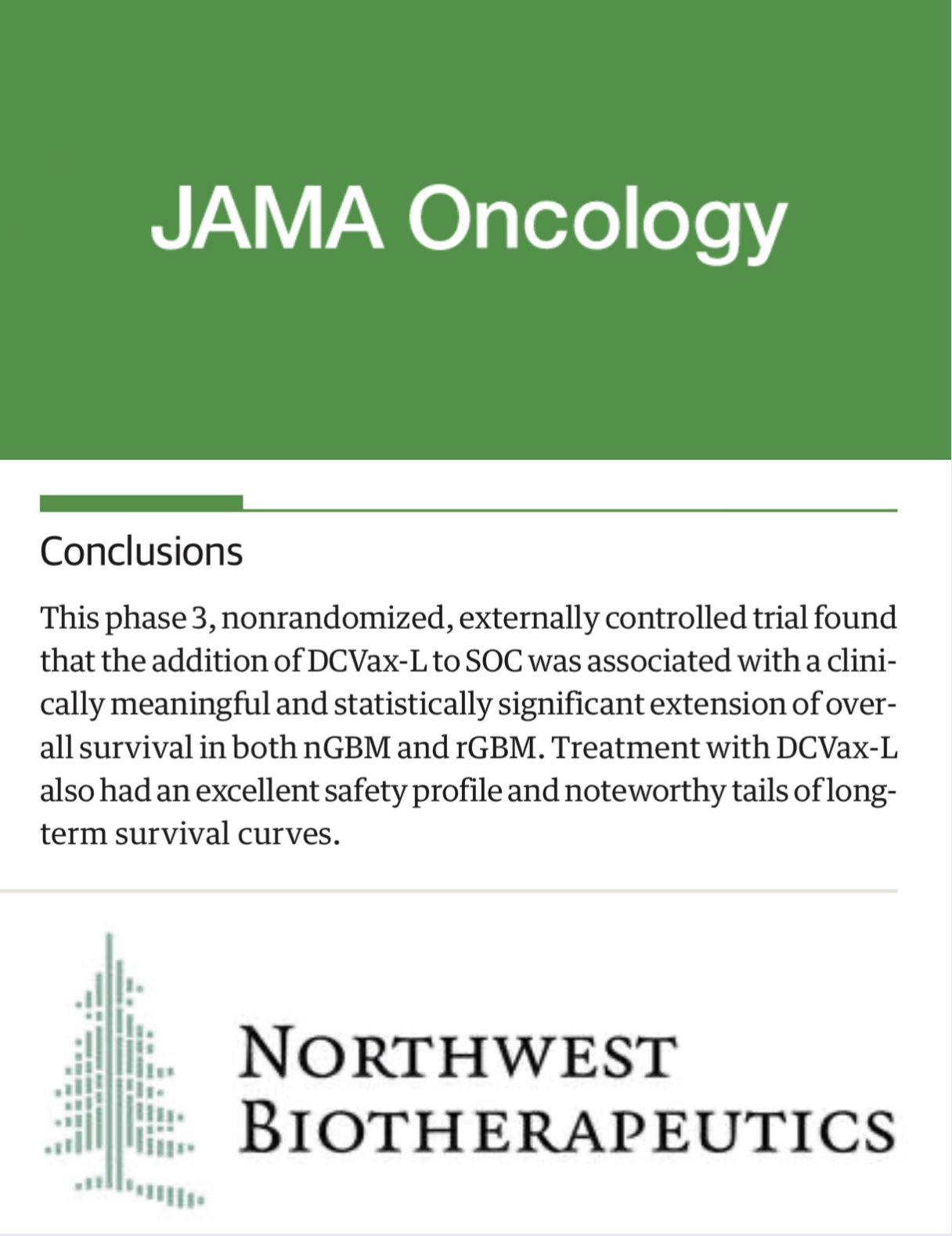Debt, Bankruptcy, and Credit Scores After Cancer Diagnosis
IF 20.1
1区 医学
Q1 ONCOLOGY
引用次数: 0
Abstract
ImportanceA cancer diagnosis is a major driver of financial burden for US households, yet longitudinal data on debt, bankruptcy, and credit scores after diagnosis are lacking.ObjectiveTo examine longitudinal changes in adverse financial outcomes for nearly all individuals diagnosed with cancer in Massachusetts over a 10-year period (2010-2019) compared with a Massachusetts control population.Design, Setting, and ParticipantsThis retrospective, population-based cohort study included individuals diagnosed with different cancers in Massachusetts over a 10-year period (2010-2019). Analysis was conducted between April 2024 and February 2025. Individuals with cancer were matched 1:1 with control individuals based on baseline demographic and socioeconomic factors. Using comprehensive financial data, a difference-in-differences design was then used to study debt, bankruptcy, and credit scores over time. Subanalyses across 9 major cancer types were performed to assess heterogeneity in adverse financial outcomes.ExposuresCancer diagnosis during the study period (2010-2019) was used as the primary exposure. Covariates included age, sex, marital status, education, occupation status, and income. In subgroup analyses, exposures were defined based on the cancer subpopulation (ie, bladder, breast, cervical, colorectal, liver, lung, ovarian, thyroid, and uterine cancer) over the same time period.Main Outcomes and MeasuresFinancial outcomes included total debt, total debt in collections, medical debt in collections, credit scores, and bankruptcy rates.ResultsIn a matched difference-in-differences analysis of 74 146 individuals with a cancer diagnosis and 74 146 control individuals (mean [SD] age, 57.2 [14.1] years; 81.2% female), increases in mean medical debt in collections of $15.45 (95% CI, $2.19-$28.71) at 6 years postdiagnosis were observed. There were no changes in mean total debt, total debt in collections, number of bankruptcies, or credit scores after diagnosis. In subgroup analysis, patients with colorectal cancer experienced an increase in mean total debt in collections of $155.55 (95% CI, $0.34-$310.76) at 6 years postdiagnosis, and patients with bladder cancer experienced an increase in mean total debt in collections of $375.77 (95% CI, $5.89-$745.65) at 5.5 years postdiagnosis.Conclusions and RelevanceIn this retrospective cohort study, modest amounts of medical debt in collections persisted for years after cancer diagnosis. Total debt in collections was present at higher amounts for certain cancer subpopulations. The persistence of adverse financial outcomes after cancer diagnosis, despite high rates of insurance coverage in Massachusetts, warrants further research and consideration of broader systemic reforms.癌症诊断后的债务、破产和信用评分
癌症诊断是美国家庭经济负担的主要驱动因素,但缺乏关于诊断后债务、破产和信用评分的纵向数据。目的:与马萨诸塞州对照人群相比,研究马萨诸塞州10年(2010-2019年)期间几乎所有被诊断为癌症的个体的不良财务结果的纵向变化。设计、环境和参与者这项基于人群的回顾性队列研究纳入了马萨诸塞州10年间(2010-2019年)被诊断患有不同癌症的个体。分析时间为2024年4月至2025年2月。根据基线人口统计学和社会经济因素,癌症患者与对照组1:1匹配。利用全面的财务数据,采用差异中之差的设计来研究债务、破产和信用评分随时间的变化。对9种主要癌症类型进行亚分析,以评估不良财务结果的异质性。暴露研究期间(2010-2019年)的癌症诊断被用作主要暴露。协变量包括年龄、性别、婚姻状况、教育程度、职业状况和收入。在亚组分析中,暴露量是根据同一时期的癌症亚群(即膀胱癌、乳腺癌、宫颈癌、结肠直肠癌、肝癌、肺癌、卵巢癌、甲状腺癌和子宫癌)来定义的。主要结果和测量财务结果包括总债务、总催收债务、医疗催收债务、信用评分和破产率。结果对74 146例癌症诊断患者和74 146例对照患者(平均[SD]年龄57.2[14.1]岁,81.2%为女性)进行配对差异分析,发现诊断后6年平均医疗债务增加15.45美元(95% CI, 2.19- 28.71美元)。诊断后的平均总债务、催收总债务、破产数量或信用评分没有变化。在亚组分析中,结直肠癌患者在诊断后6年的平均总债务增加了155.55美元(95% CI, 0.34- 310.76美元),膀胱癌患者在诊断后5.5年的平均总债务增加了375.77美元(95% CI, 5.89- 745.65美元)。结论和相关性在这项回顾性队列研究中,少量的医疗债务在癌症诊断后持续数年。在某些癌症亚群中,债务总额较高。尽管马萨诸塞州的保险覆盖率很高,但癌症诊断后持续存在的不良财务结果值得进一步研究和考虑更广泛的系统改革。
本文章由计算机程序翻译,如有差异,请以英文原文为准。
求助全文
约1分钟内获得全文
求助全文
来源期刊

JAMA Oncology
Medicine-Oncology
自引率
1.80%
发文量
423
期刊介绍:
JAMA Oncology is an international peer-reviewed journal that serves as the leading publication for scientists, clinicians, and trainees working in the field of oncology. It is part of the JAMA Network, a collection of peer-reviewed medical and specialty publications.
 求助内容:
求助内容: 应助结果提醒方式:
应助结果提醒方式:


